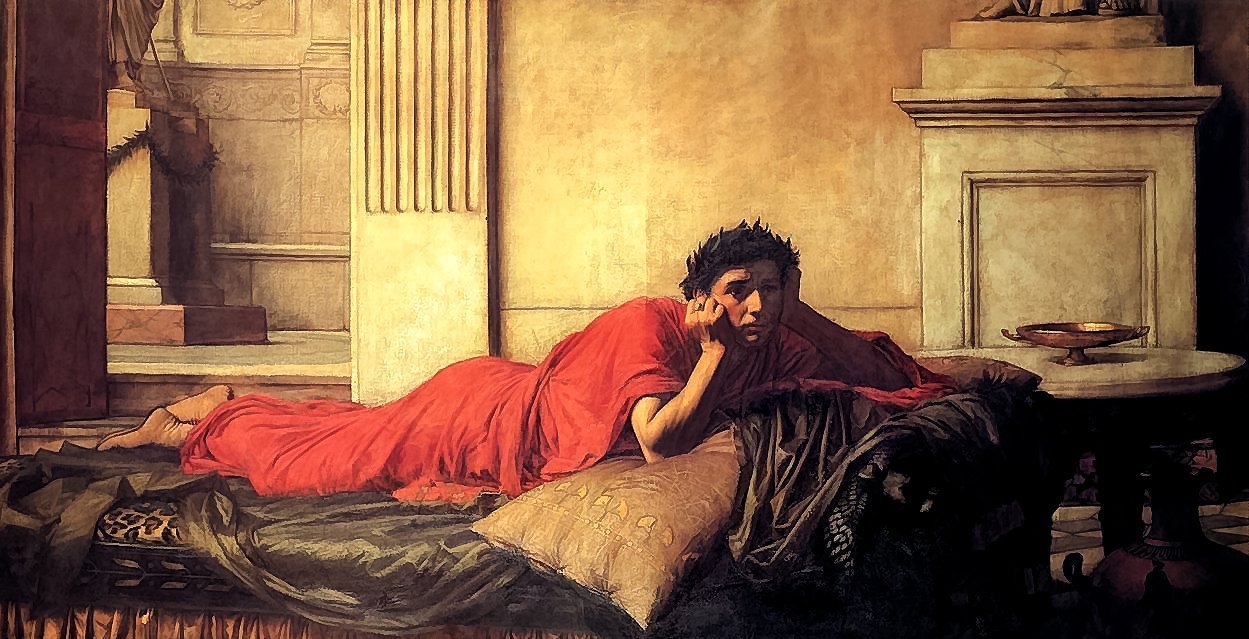From the beginning, the Ancient Language Institute’s mission has been to teach students the languages and to develop new materials to help students.
So far, we’ve produced tons of materials for use in our classes. But we want to begin sharing these tools with the world.
It’s time to build.
Thus we are thrilled to announce the launch of Vergil Press, our new publishing imprint which will produce beautiful editions of literature written in ancient languages – from new releases to old treasures.
Upcoming Titles From Vergil Press
And our very first title is, as you may have heard, a groundbreaking new release: Colin’s Gorrie’s Ōsweald Bera: An Introduction to Old English. This natural method reader, inspired by Hans Ørberg’s justly famous Lingua Latina Per Se Illustrata, tells the delightful story of a bear, Ōsweald, who wanders through Anglo-Saxon England and has a series of adventures. It is written entirely in Old English, and introduces the language gradually in the course of telling the story, and is accompanied by beautiful pen-and-ink drawings by Alex Swanson. We hope that it will be a compelling and effective introduction to the language of Beowulf for many, many students to come.
Vergil Press will also be publishing beautiful editions of old texts, of course. New beginner-level books are fun, but they are only a starting point. After all, the whole point of studying ancient languages is to read ancient texts.
Coming Spring 2025 is David et Goliath: The Illustrated Vulgate. This picture book contains the entirety of I Samuel 17, which tells the story of the young shepherd David who arrives from the countryside with cheese for his older brothers, volunteers to fight the giant Philistine, and defeats him with “five smooth stones” (quīnque limpidissimī lapidēs). We use the text of the Clementine Vulgate, and the book includes over 25 original color illustrations by Swedish artist Sander Berg.
This book would make a beautiful addition to any Latin-language library, but particularly aims at filling the gap in the rather poorly served “children’s Bible” market, which offers to kids Bible stories in simplified and often asinine language with subpar illustrations. Why not expose kids to the actual text of Scripture, and with evocative and entrancing art?
And while all this is true enough of English-language children’s Bibles, what is even available at all, good or bad, in the realm of Latin-language editions of Bible stories? And what exists, in general, for the rapidly growing population of children studying Latin? The classical education renewal movement has done incredible work bringing Latin back to primary and secondary classrooms, but what serious texts books do these students have to look forward to reading while on the dreaded “intermediate plateau,” that limbo in between the beginner stage and the advanced stage?
We want to give them, and all Latin students of any age, something to enjoy, both for its artistic beauty and for its ability to expose the student to authentic, approachable Latin. The illustrations will help Latin learners of all ages follow along with the Latin text in those places where the Vulgate’s vocabulary or syntax is hard to follow.
Why Vergil?
We also have many other projects in the work, including audiobooks, more natural method readers, language learning workbooks, digital tools, and student editions of ancient texts. Our goal in producing all of these titles is to bridge the gap between the ancient world and ours. That is why we chose to name our imprint after Publius Vergilius Maro, or Vergil (aka “Virgil”), the poet of the Eclogues, Georgics, and most famously, the Aeneid.
With the Aeneid, Vergil gave the decisive poetic account that connected his city of Rome with Homer’s ancient story of Achaeans and Trojans battling on the plains of Asia Minor near the Hellespont. Some of his tale about the Trojan prince Aeneas escaping Troy and settling in Latium he inherited; some he invented.
But Vergil did not just connect his Rome to the heroes of old; he also served as a bridge between the ancient world and the Europe that arose after the fall of Rome. Even after knowledge of Greek fell out of the West, medieval Europeans knew about the Trojan War in part because of the Aeneid, the epic which T.S. Eliot called “the classic of all Europe.” Hector even figured as one of the Nine Worthies venerated as ideals of chivalry. Further, because of the messianic prophecy Europeans found in Vergil’s Eclogue 4, they came to view him as a messenger from God, even continuing the pagan Roman tradition of Vergil-focused bibliomancy, i.e. the Sortes Vergilianae (divination using editions of Vergil).
Build, Read, Build
So take and read! Tolle lege, as the child’s voice urged Augustine – himself not a stranger to a little bit of bibliomancy (albeit using the epistles of Paul). We are building Vergil Press, and the Ancient Language Institute as a whole, to introduce as many people as possible to the literature of the ancient, medieval, and early modern world. We love to study languages and we love to read books, first of all as ends in and of themselves. There is a beauty and charm to these languages and literatures that, we think, cannot be found in anything else. We want to entice as many people as possible into that life of love.
But we also think the study of the “humane letters” has a role to play in renewing and reforming individual people and entire societies. The word “humanism” and the label “humanist” has meant many things to many people ever since umanista emerged as an epithet for the Ancient Rome-obsessed scholars in late medieval and Renaissance Italy. But at its heart, humanism entails the conviction that, as Cicero said, “all the arts which pertain to humanity have some common link, and are held together as if by some familial relation.”
What is that common link, that familial relation? It lies in that particularly human impulse which the humane letters respond to. The humanistic arts are a product of that “cattle prod of glory” which Cicero says lives in noble hearts and incites them to undertake deeds which will ensure that the memory of their names does not die with their bodies, but rather will “endure into every future age.” There is nothing more characteristic of mortals than the desire for immortality. That perennial desire is the unfailing spring from which the waters of literary creation and great deeds issue forth.
What better poet to represent this view of humanism than Vergil? Aeneas leads his family out of the burning city of Troy and bears both his ancestral gods and his father to safety, and finally plants his gods and his son’s name in the soil of Latium, laying the foundation of Roma Aeterna, the Eternal City of Rome. Cicero said that great writers give us images “not merely for contemplating, but also for imitating,” and Vergil is in this way the great writer par excellence.
We are building Vergil Press, ultimately, to share with you these images of human excellence, fit for both contemplation and imitation. Many thanks to Andrew Beck, Mike Jackson, and the whole team at Beck & Stone for their help in developing Vergil Press and its initial projects, and thanks as well to the authors and artists who have already partnered with us. If you are working on something that you think could be a good fit for Vergil Press, please get in touch: vergilpress (at) ancientlanguage (dot) com.
Come read, and build, with us.

Ryan Hammill, is ALI’s Executive Director and Co-Founder, and runs the marketing, editorial, and business operations side of the Ancient Language Institute. He co-hosts the podcast New Humanists with Jonathan Roberts, ALI’s President and Co-Founder. Get in touch with Ryan on X.




